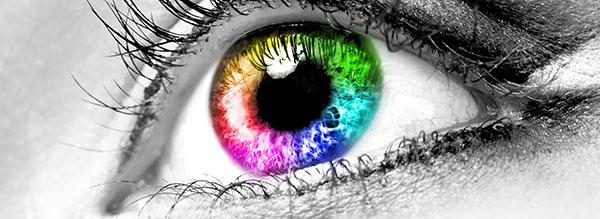Without doubt, this is a challenging question, as the evolution of technology and the pace that it is developing is having far-reaching consequences. As a result, here at InkTec we believe there are several elements that are going to potentially impact and influence the large-format inkjet industry over the next 12 months or so.
Sustainability and Regulatory Compliance
Obviously, this is a key focus in the print industry, both in terms of limiting carbon footprint and reducing waste production. While recycled paper and recycling ink cartridges is well known and has long been talked about, recycled plastics are now playing an increasingly important part in production decisions. The industry sentiment is that more customers are requesting sustainable options, and this demand from ecologically minded customers will only increase. As a result, we envisage a continued drive and focus on sustainable printing practices. With PSPs becoming even more proactive adopters of eco-friendly ink formulations, alongside focusing on ways to reduce waste and energy consumption, through energy-efficient printing technologies.
As Ian Windebank, JETRIX European Sales and Technical Support says:
“Businesses will be even more keen to invest in printing machines that support sustainability. With UV LED being a key innovation over the past 5 years, plus rising electricity costs; interest will shift significantly to be centred on lower overall power consumption, and the actual costs of running kit.”
Hidden within this will be the impact of any changes in regulations or environmental standards relating to consumables such as media and inks. This legislation is likely to start coming even more rapidly now as the physical impact of climate change is being felt.
Technological Advancements
The drive for ever higher resolution, more accurate drop placement, faster printing speeds, and better colour accuracy is creating demand for more advanced and efficient print head technology. Coupling this with demands for greater production speeds and larger print sizes; all this is forcing innovation in large-format flatbed printers. The appeal of their adaptability, is also making them more competitive in terms of the variety and format of applications.
Julian Mennell, National Hardware Sales Manager highlights; “The rise of automation and robotics is likely to lead to greater integration in flatbed systems, which will no doubt increase efficiencies and free up manual labour to enable them work on more complicated, involved bespoke work. The resulting technology will also enhance precision and enable continuous production.”
Across Europe, customers are not solely driven by price; they simply demand a machine that efficiently delivers the needs of their business. Indications are that despite UV flatbed purchases being the most likely choice in the next couple of years, purchasing interest is down. So, the machines making it to market, will have to out deliver expectations, as customers demand more from their significant purchases. What is key moving forward is the capability of machines at all pricing levels, so when a business invests, regardless of the price point; the technology outweighs the expectations. In response, manufacturers therefore will need to combine premium software-based solutions within a quality hardware build. This will have a knock-on effect for RIP vendors, who are increasingly looking at ways to streamline workflow efficiencies, leading to automated processes and web-to-print services. This latter area has often been very time intensive, but the focus on simplified processes will have all round benefits and is already being integrated into even the smallest of businesses.
Adding of New Printing Dimensions
Ink formulation advances means eco-friendly, UV-curable ink and those achieving a wider colour gamut with more vibrant and accurate colours are increasing in appeal. This is particularly from industries like photography, design and fine art. These ink innovations are happening alongside inks being developed with improved adhesion to various substrates and faster curing times. Punchy tones are encouraging metallics and fluorescent inks to be more readily available and is likely to increase, while opening up new applications.
Julian also comments: “The range of compatible materials is extending, creating yet more possibilities, particularly for flatbed printing. The ability to print on an even broader varieties of substrates is an exciting shift. Particularly as we now have the ability to print on those that were previously conceived to be impossible, such as unconventional or textured surfaces.”
The use of varnishes and other alternative channels seemed to go out of fashion for some time, but with reliable 3D flatbed solutions in place, there is a growing resurgence in the special effects of printing that can be achieved. The use of bespoke and alternative finishing is likely to rise, as printers are keen to add that little touch more or that point of difference. Lenticular printing is also still an exciting part of the art market, so printers that can reproduce at this high level are going to do well.
Equally fabric and soft signage printing has been increasing in popularity, with some exhibitions stand being almost exclusively created in this format. This means not only the quality, but the variety will probably be developed in this area.
This was reinforced by Ian; “Many material manufacturers are looking beyond the staple products and trying to develop new ways of envisioning what they can achieve. We recently saw cardboard with a dyed black surface, that could be written on with chalks and it wouldn’t be a surprise if we saw UV receiving surfaces diversifying.”
In summary, flatbed printing is likely to continue to penetrate new markets and applications, such as custom packaging, interior décor, and industrial applications – all creating even more new opportunities for growth. Hopefully, as the technology matures and competition increases, the cost of large-format flatbed printing decreases. This may lead to more entry level systems coming into play, making it more accessible to a wider range of businesses and applications.


